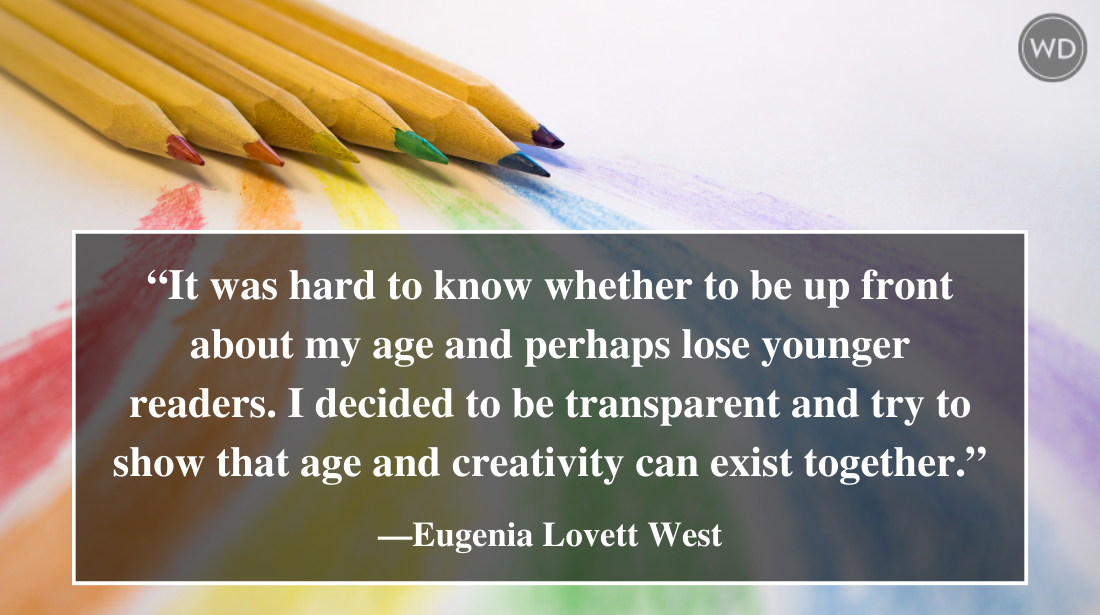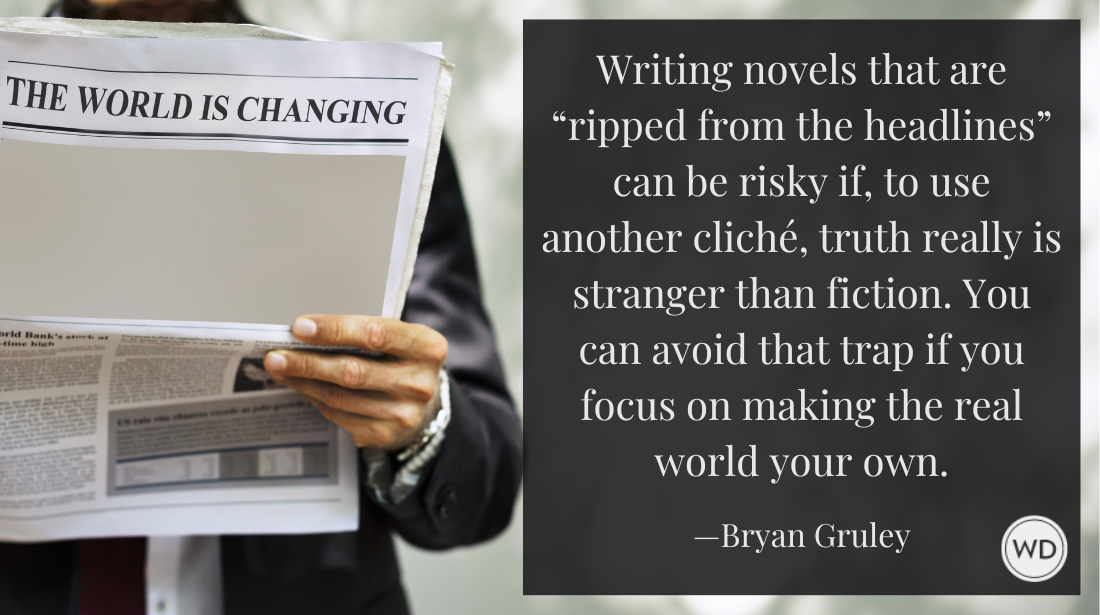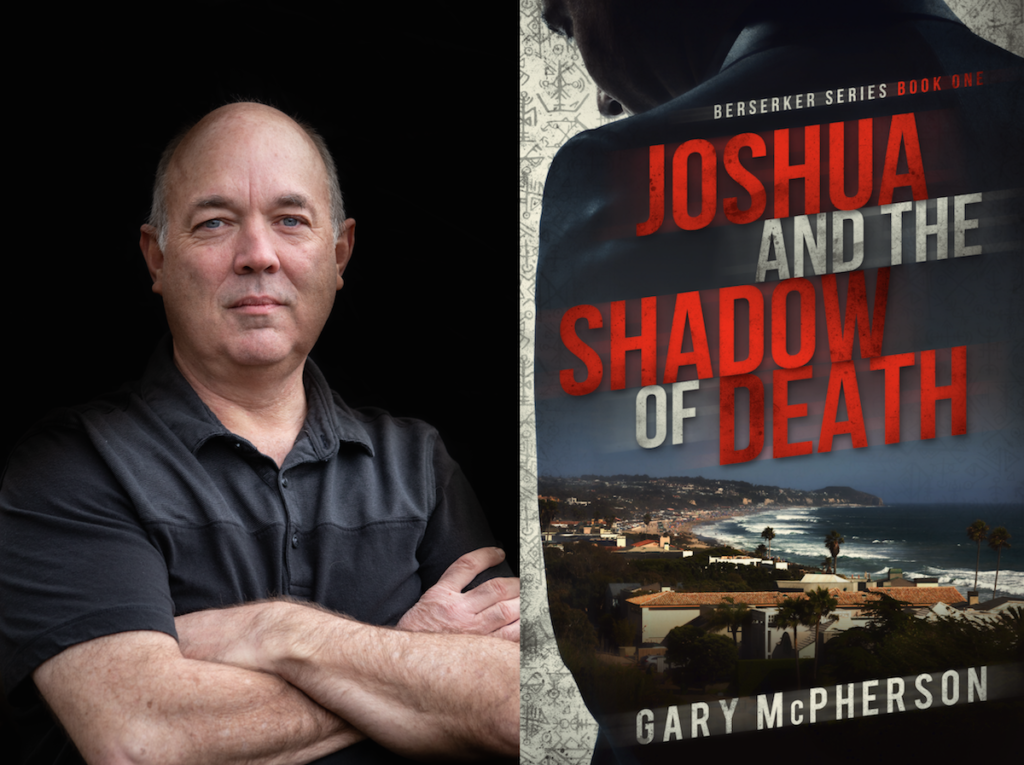A Sanctuary of Self-Acceptance
Today’s guest post is by the always remarkable Darrelyn Saloom. Follow her on Twitter, or dig around for more of her excellent tales. When I met author Neil White at…
Today's guest post is by the always remarkable Darrelyn Saloom. Follow her on Twitter, or dig around for more of her excellent tales.
When I met author Neil White at the 2009 Louisiana Book Festival, I
never imagined he’d once served an eighteen-month prison stint in the
swampy landscape of the Bayou State. Clean cut and handsome, he chatted
about books and writing, not bank fraud or check-kiting. But as he
signed his memoir, In the Sanctuary of Outcasts, he hinted that his was
no ordinary story.
“Hope you enjoy this strange, magical time and
place,” he inscribed on the title page. But I’d find more than
enjoyment while reading his odd tale of jailhouse redemption. I’d learn
about the freedom that comes with self-acceptance and a valuable lesson
about writing.
As a journalist and magazine publisher, Neil White
was an admired business man in his community. Married with two
children, he had what appeared to be the perfect life. But life is not
always what it appears to be. And, for the convicted felon, neither was
prison. Here’s what he encountered his first day of incarceration:
We
turned a corner, and I caught a glimpse of four or five nuns as they
hurried into one of the buildings. Through a corridor window, I saw a
small monk riding a bicycle through a pecan grove. This place was
bizarre, like something out of Alice in Wonderland or The Twilight
Zone. Nuns and monks. A leper with no fingers. … And a legless
woman chanting like Dorothy in Oz. How the hell did I end up here?
Ironically,
the former publisher landed in prison trying to save his image, his
marriage, and his magazine. Desperate to maintain a façade of
perfection, he became a magician of check writing. But how did he end
up in a prison with “the leper with no fingers”? Well, turns out the
correctional facility was housed in Carville, Louisiana, the last leper
colony in the continental United States.
With the realization he
was living in a leprosarium/prison, Neil White hesitated to touch
anything. And as fate would have it, his first job was to work in a
cafeteria alongside patients with Hansen’s disease (leprosy). And
that’s where he met Ella Bounds, the “legless woman chanting like
Dorothy in Oz”:
Then I saw the old woman in the antique wheelchair,
the only one left in the room. She cranked her wheelchair toward me.
She stopped a few feet away, not too close, and uttered the same odd
incantation. “There’s no place like home.” Aware, I think, of my
discomfort, she looked at me and said, “Hope you get back soon, 'cause
there’s no place like home.” She smiled and cranked her wheelchair out
of the cafeteria. When she reached the exit, she called out again.
“There’s no place like home.”
An inmate who had come in to mop the
floor whispered to me. “That lady,” he said, pointing toward the old
woman, “she got the leprosy when she was twelve years old. Her daddy
dropped her off one day and never came back. Then he asked, “Still
feeling sorry for yourself?”
I guessed the woman was close to
eighty. That would mean she’d been here for about sixty-eight years. I
was going on my sixth hour.
A person in prison finds time, that
precious commodity, to figure out the important things in life. Of
course, it helps to also find a friend like Ella Bounds to guide you
along the way. When Neil White worried what people must think of him
back home in Oxford, Mississippi, she well let him know that what
others think “ain’t none of your business.”
And when he wasn’t sure
what to do with his life, she told him a story about nonreturnable Coke
bottles and taught him about purpose. But you’ll have to read In the
Sanctuary of Outcasts for that one. I’ve given enough away. Believe me,
it’s worth the purchase. And Neil White’s superb writing makes his
memoir a joy to read.
As for the lesson about self-acceptance and
writing, I’ll offer one last glimpse as the author reveals the moment
he and Ella shared their nightly dreams. “Listening to her describe
this dream, watching her laugh, witnessing the way she held herself, I
realized that, somehow, Ella had escaped the shame of leprosy.” A shame
that has prevailed for the past five centuries:
But Ella carried
her leprosy like a divine blessing. She had faith that she would be
healed in heaven. She embraced the life she believed God had chosen for
her on earth. She had transcended the stigma that crippled so many.
In
“this strange, magical time and place,” freedom is given to a man
imprisoned by a legless woman in a wheelchair. Ella Bounds accepted her
disfigurement and her fate. And she taught Neil White to find his own
sanctuary of self-acceptance and not be crippled by what others think.
For if that is what you focus on, your best words will be stuck in knarred,
stiff fingers and never fly across the page.
Jane Friedman is a full-time entrepreneur (since 2014) and has 20 years of experience in the publishing industry. She is the co-founder of The Hot Sheet, the essential publishing industry newsletter for authors, and is the former publisher of Writer’s Digest. In addition to being a columnist with Publishers Weekly and a professor with The Great Courses, Jane maintains an award-winning blog for writers at JaneFriedman.com. Jane’s newest book is The Business of Being a Writer (University of Chicago Press, 2018).









